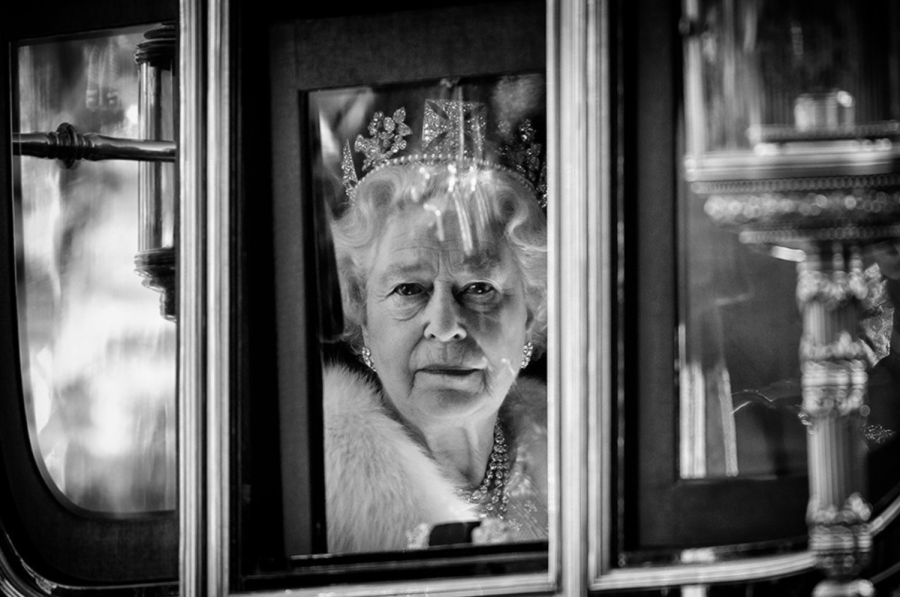Queen Elizabeth II dies at 96
September 20, 2022
The world witnessed history on Sept. 8 when Buckingham Palace announced the death of Queen Elizabeth II at age 96, making her the longest reigning female monarch in United Kingdom history. Having passed in the Balmoral Castle, the royal family’s estate in Scotland, word of her passing was made public at the monarch’s home two hours after her official time of death. Sept. 19 marked the first of a ten-day mourning period to honor the former Queen’s reign and to welcome their newest king, Charles III, son of the former Queen.
Elizabeth Alexandra Mary Windsor II was born on April 21, 1926, and spent the first 10 years of her life as the daughter of the Duke and Duchess of York, until her father acceded to the throne, making her next in line. Her childhood was full of tutors and royal privileges until World War II.
At only 14, the princess began accompanying her parents on official business and was appointed colonel-in-chief of the Grenadier Guards. Between this time and her ascension, Windsor married Philip Mountbatten, who would later be known as the Duke of Edinburgh. Prince Philip passed on on April 9, 2021, approximately a year before the Queen. Elizabeth and Philip had been married for six years and welcomed two children, Prince Charles and Princess Anne, before her coronation in 1953.
Ascending the throne at 25, Elizabeth acted as a constitutional monarch, mostly staying out of politics, but regularly meeting with prime ministers. Though she did not have any direct political authority, the queen had a long list of notable accomplishments.
As the figurehead of the country, Queen Elizabeth brought unity and stability to the people post-war. This seemed to be a common thread throughout her life as she was heavily involved in charity work; she was even the first monarch to visit Ireland since they claimed independence, despite their bloody history.
While the Queen was quiet and valued her privacy, she let the public into the life of royals—spending time on social media like Twitter, broadcasting her annual Christmas message and embracing the struggles that came with changing times. Through acts like this, the former Queen modernized the monarchy in a way no one else had before. Though she was never meant to be Queen, Windsor holds the record for the longest reign of any female head of state in history.
On Sept. 19, the Queen was laid to rest alongside her husband at St. George’s Chapel in Windsor Castle. Before this, her casket was placed at Westminster Abbey, where thousands joined in a queue to pay their respects.
Up until her passing, the Queen was rumored to have health complications for several years. In 2021, she was hospitalized and recommended to take time away from her duties, suffered a back sprain and then contracted COVID-19 the following year.
Though the Queen was rarely seen throughout the last year, it was reported that she was doing well. The statement released shortly after she passed remarked that it was peaceful and she had family at her bedside.
After 70 years, her first-born son Charles III has now ascended the throne at 73 and is the oldest monarch to do so. He became King at the moment of his mother’s passing, though his coronation likely will not happen until 2023.
Though Charles’s name was often met with negativity during his mother’s life due to his troubled marriage with the late Princess Diana, he is similarly known for his philanthropic endeavors. He has established a number of charities and has served in the Royal Air Force and the Royal Navy, on top of fulfilling his duties as the Prince of Wales. The new King has requested an additional seven days of mourning following the funeral.












